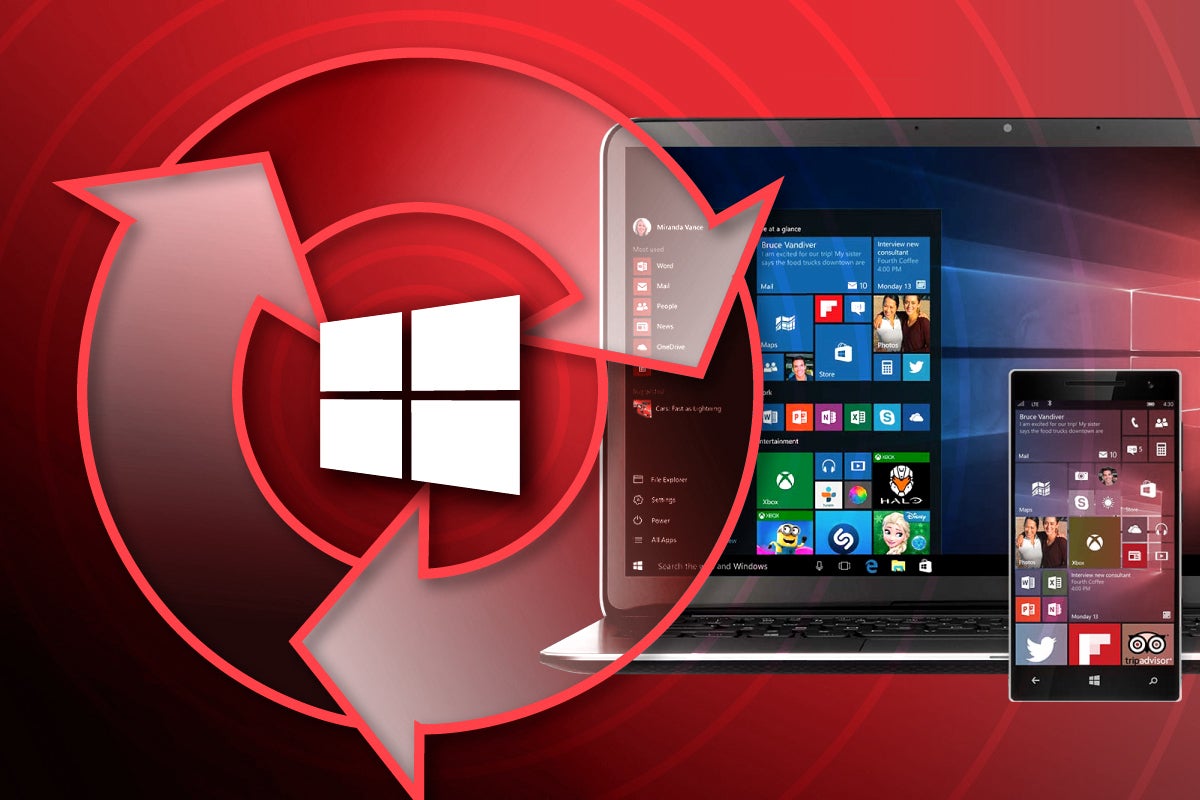Before Patch Tuesday, a to-do list to avoid trouble

Credit to Author: Susan Bradley| Date: Mon, 13 Jun 2022 10:11:00 -0700
You could call today Patch-Tuesday Eve. It’s the day before Windows machines get offered updates from Microsoft. What should you be doing to prepare?
It depends on what kind of computer user you are.
You keep everything in the cloud, you use a Microsoft account, you don’t mind reinstalling your OS if need be. Your data is protected by a username and a password, and if you are savvy, your data is protected by two-factor authentication.
Prior to Patch Tuesday, you might decide you don’t need to back up your computer system since you know if something happens to your computer, you can reinstall the operating system and merely reconnect to your various online storage services. You’ve double-checked that all cloud services you use have file versioning enabled, so if you need to roll back to a prior version of a file, you can do so.
After Patch Tuesday, if you run into problematic updates that affect access to your files, click on Start, Settings, Update and security, View update history and click on “Uninstall updates.” Reboot and block the update. (If the computer is unbootable, you’ll need to reinstall Windows by booting from a flash drive with an ISO of the version of Windows you’re using.) You will then use your username and password to reconnect to your data files. You’ll also need to know how to track down any necessary hardware drivers. Ideally, you’ll have tested this process ahead of time and know where to track down a missing driver on a vendor’s website.
If you’re this kind of user, your biggest worry would be a lost internet connection. Most companies will have invested in a backup Internet connection and a firewall that can automatically fall over should an issue occur. (If you’re a home user, you can use the hotspot on your phone for internet access.)
Should your computer have a complete failure, you can also, in a pinch, use some other device such as a phone or a tablet to access your files, emails, or other data you rely on.
So, you store everything on your computer? You don’t use a Microsoft account or Google Drive. Prior to Patch Tuesday (like, today), you should back up your local computer; that way, if you need to recover, restore, or even reinstall the operating system, you can regain access to your data.
If you encounter side effects on Patch Tuesday, as noted above, you can move to uninstall updates, reboot your device and then block the update. Alternatively, if you can’t boot your system, you should know how to do so using the backup software recovery process and start a full restoration from a backup. (Ideally you made sure to have a full backup of the system before you’ve installed any update.)
In this case, the most important thing to worry about is the health of your hard drive. You’ll need to make sure you have an image backup and have in place a process that creates multiple backups using external hard drives on a rotating basis. If something goes wrong, you’ll be able to recover your system. (You might consider having a spare SSD tucked away so if something happens to your hard drive you can easily replace it and restore from your backup.)
As noted earlier, if your computer completely fails, you can use a phone or a tablet to access emails. But to get to your files, you’ll have to wait until the recovery process is complete first. Alternatively, you could use another computer to mount your backup image and save the files you need to a flash drive — then use that other computer until your main PC is fully restored.
If you’re this sort of hybrid computer user, which many of us are, a backup is still important. The most important thing to worry about is to know where your sensitive information is stored, where the backup locations are and then document the best way to recover.
If something happens to your computer and you need to reinstall your OS – or you decide to buy a new computer altogether — document your options so you can get to your data as soon as possible. Typically, in the short term, you’d access files from a remote location, rebuild your computer and sync your files back on a regular basis.
The bottom line here is that in each of these scenarios, having a current backup — whether stored in the cloud or on a local drive — gives you options in case of trouble. And it ensures you no longer need worry about Patch Tuesday problems; you might be inconvenienced, yes, but you won’t be completely out of commission. Your data will always be there for you.